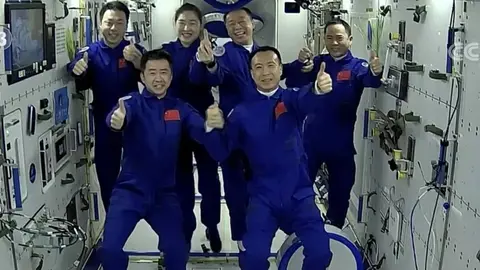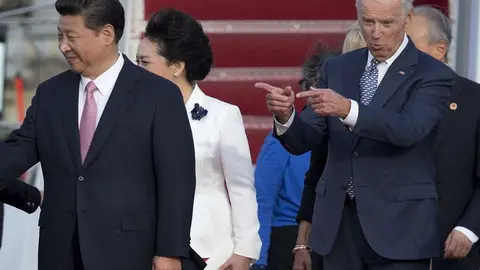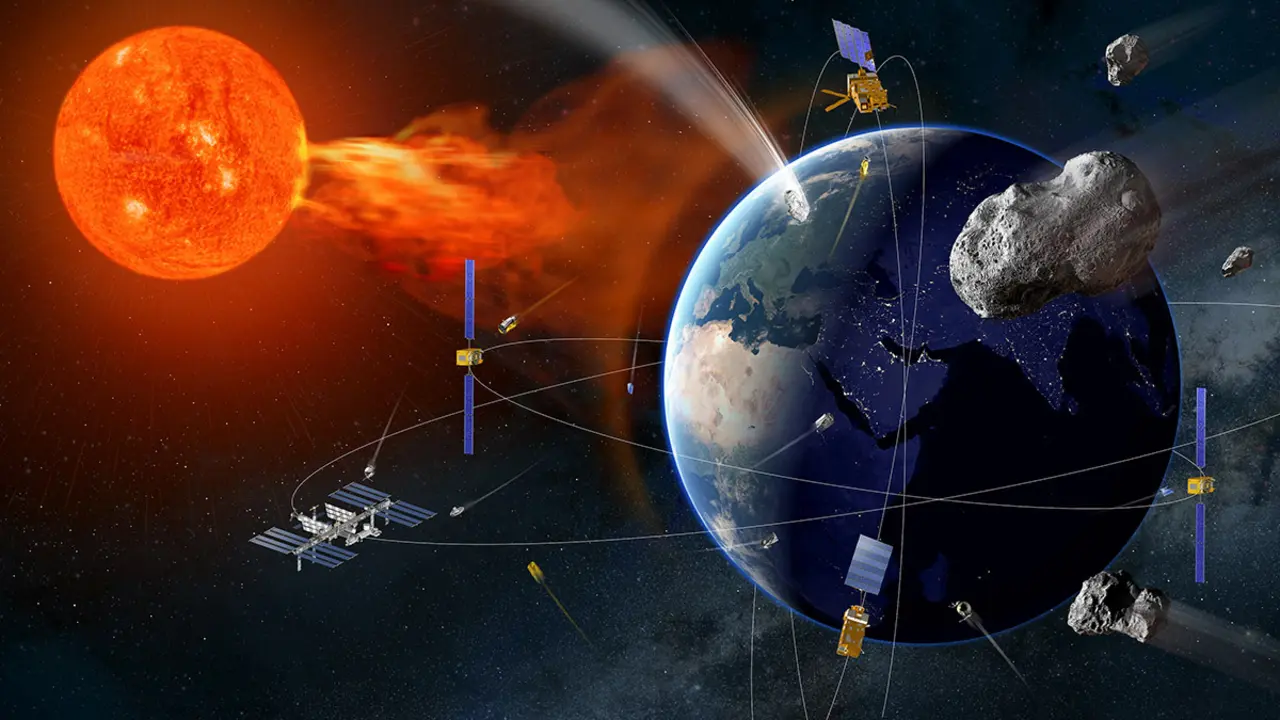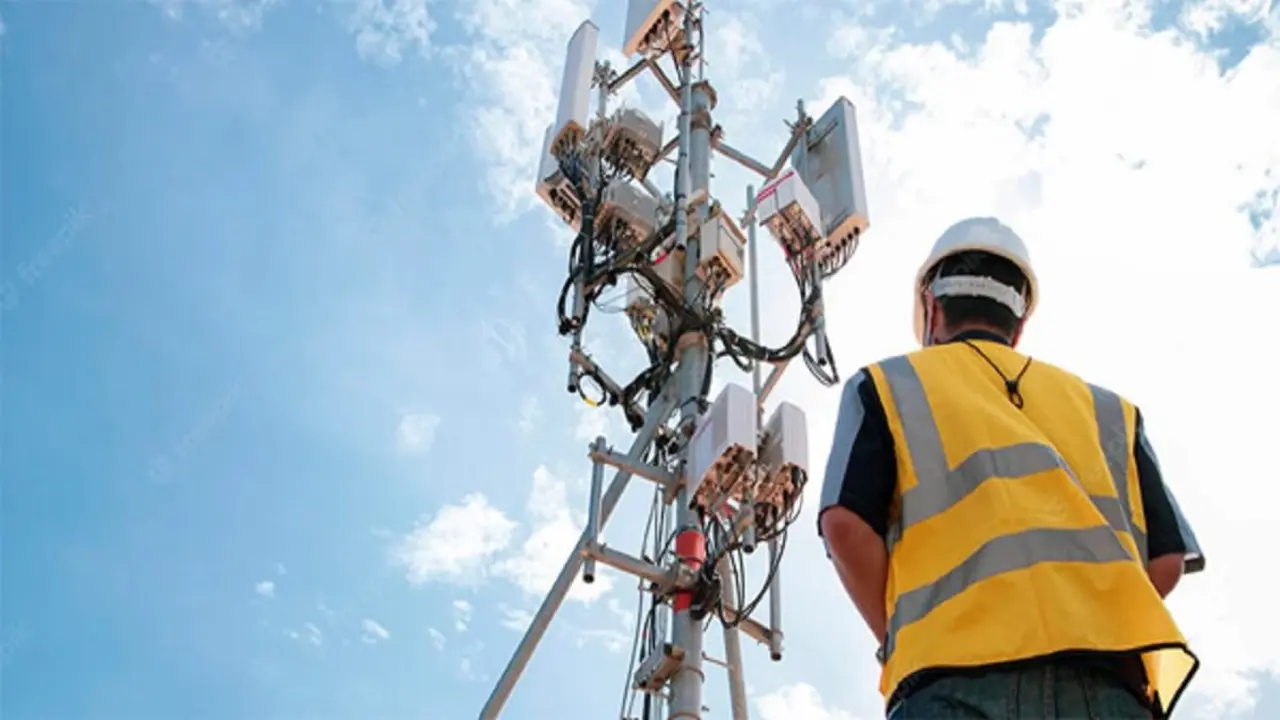China unveils the suitcase with which its astronauts will set foot on the Moon before 2030
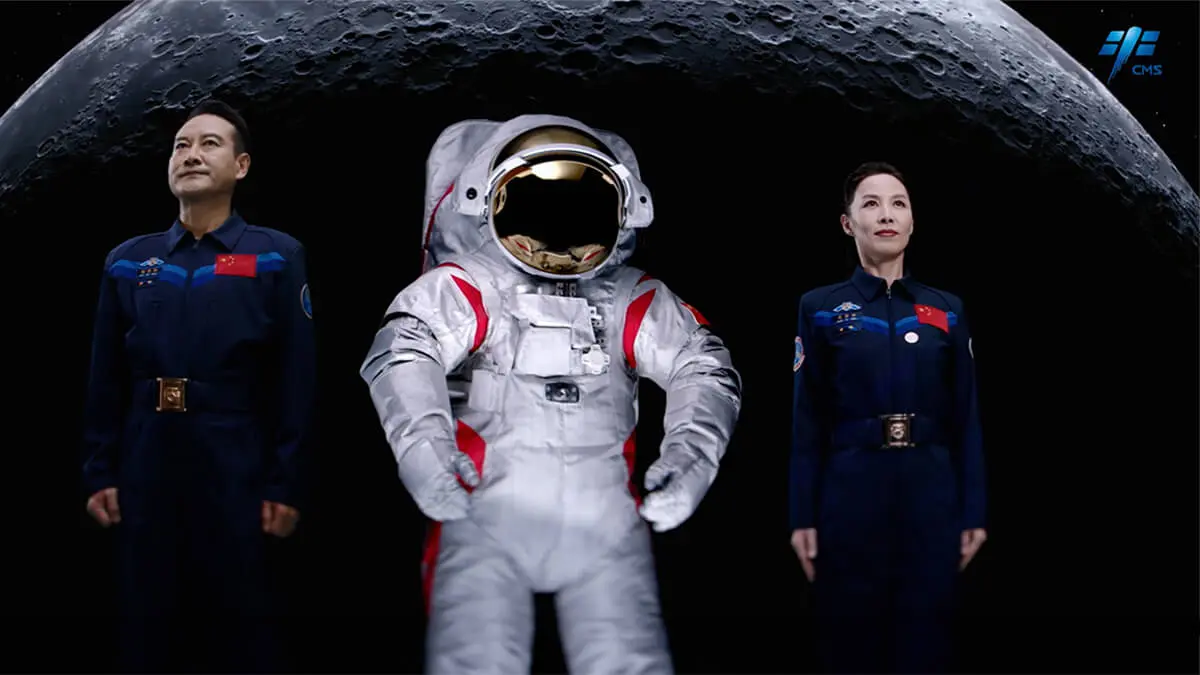
The authorities in Beijing have made the official celebrations organised around 1 October, the bank holidays commemorating the 75th anniversary of the founding of the People's Republic of China, coincide with the presentation on a global scale of the diving suit with which its astronauts will set foot on the Moon before 2030.
President Xi Jinping wanted to convey to the international community that his manned lunar programme is very serious. That his ambition is that on October 1, 2029, the 80th anniversary of the moment when Mao Zedong breathed life into communist China, a pair of Chinese astronauts will have already landed on the moon and walked on the fine dust that covers the Earth's natural satellite.
China is the undisputed second space power in the world, far surpassing the capabilities of Russia - heir to the achievements of the Soviet Union - and in direct competition with the United States in all spheres of space science and technology, including human return to the moon.
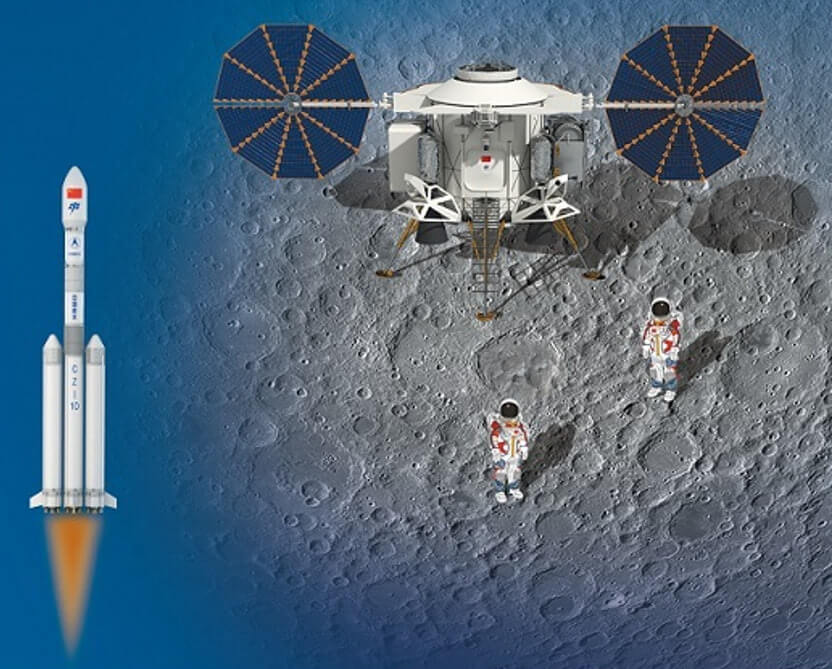
The space suit to protect the first Chinese astronauts on their missions on the lunar soil and on the exterior of spacecraft in lunar orbit is now a reality. It has been presented to society by one of the top managers of the China Manned Spaceflight Agency, Air General Yang Liwei, 59, the Chinese man who flew into space in October 2013 and became the first astronaut from the great Asian nation.
The new spacesuit is the fruit of ‘four years of research and development’, according to Chinese officials. It is designed and made of undisclosed fabrics and materials that protect astronauts from sticky lunar dust, the consequences of being in microgravity conditions, scorching heat - which can reach 120 degrees Celsius at the equator - and extreme cold - up to -130 degrees Celsius - while performing activities in Selene's harsh environment.
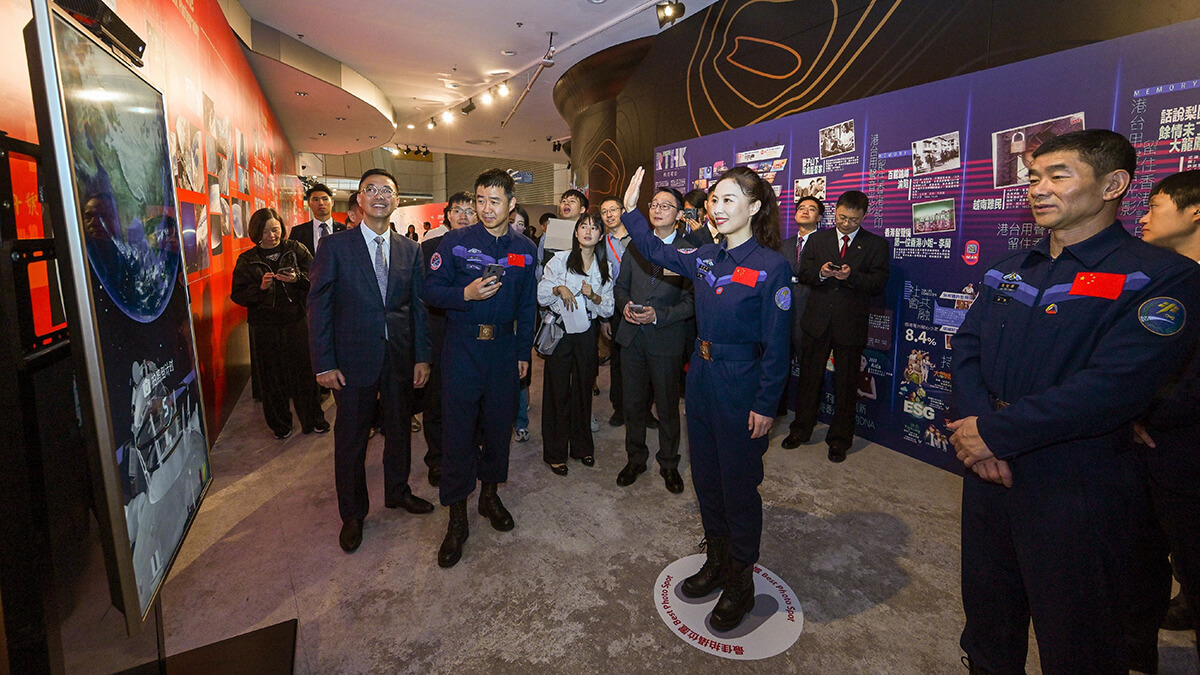
No official name yet
The new space suit consists of a central body with limbs, which are said to be ‘strong and safe, yet flexible’ to allow walking, running, sitting, crouching, kneeling, climbing and descending. Chinese engineers have completed the outfit with special gloves to enable them to drive vehicles, grasp objects, manipulate tools, scientific instruments and press the electronic devices they will have attached to their own suits.
The spacesuit is completed by a helmet with a panoramic anti-glare visor, which is fitted with two cameras to provide views of what each astronaut has in front of them. The feet will be shod with special boots, of which very little has been described. The suit has not yet been given a name, as a public competition has been organised inviting the Chinese public to submit suggestions and christen it.
Colonel pilot Wang Yaping, 44 - the country's second female astronaut, with 197 days in space and 6 hours out in the cosmos - and her partner, General Zhai Zhigang - 57, a fighter pilot with 185 days in orbit and 12 hours outdoors - have been the catwalk models who have donned the suit to demonstrate the movement capabilities of the new space suit.
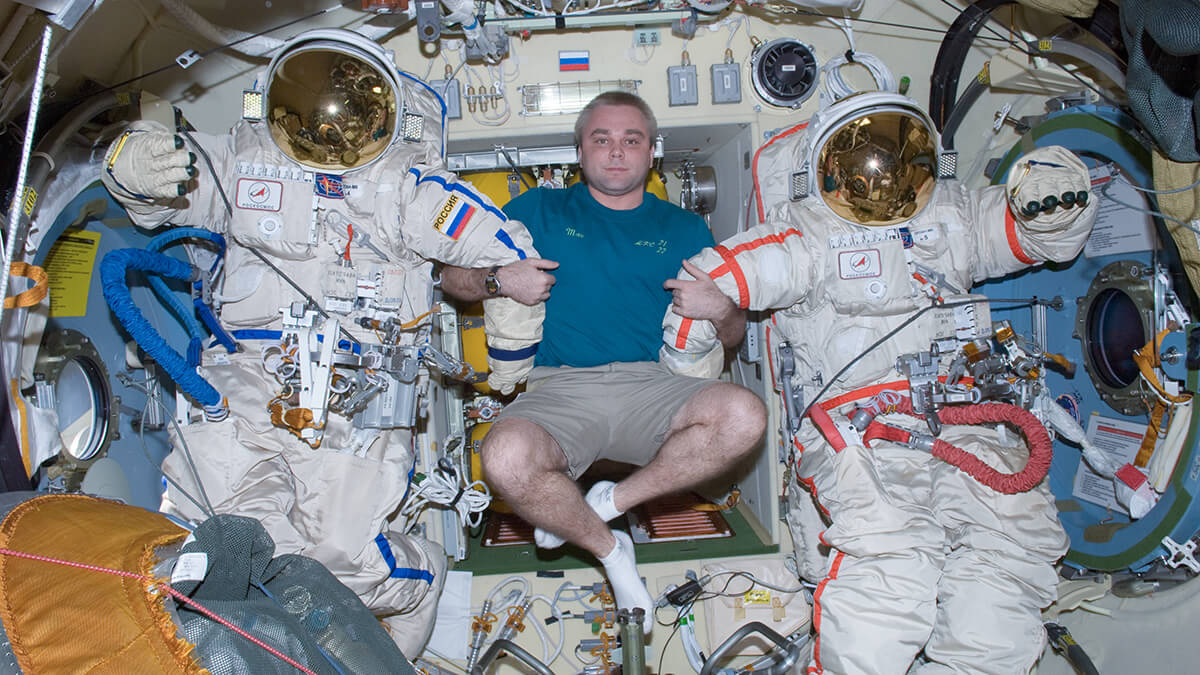
To date, the 17 Chinese astronauts who have been outside the Tiangong space station for assembly or repair activities have all worn extra-vehicular scuba suits named Feitian, which means ‘flying’ in English.
Weighing 120 kilos, Feitian is the Chinese version of the Russian Orlan suits, which with successive improvements have been used by the Soviets since 1977 and now, in the Orlan MKS version, are used by the cosmonauts of the Russian Space Agency. It weighs about 110 kilos on the ground and has a range of more than 7 hours.

Five years at full speed
Now that we know about the space suit, do we know anything about China's first foray to the Moon? The little that has emerged from the Chinese space authorities is that ‘each mission will consist of two separate launches of the Long March 10 rocket’, which has yet to make its maiden unmanned flight, scheduled for an unannounced date in 2027.
Once the new launcher has been qualified and test flights with crew have been carried out, the CNSA, China's equivalent of NASA, has anticipated that the first lunar landing mission ‘will carry three astronauts in the new Mengzhou space capsule’. A second rocket will carry the Lanyue surface module, meaning ‘embracing the moon’, along with a small rover, to extend the astronauts' range. Mengzhou and Lanyue will dock in the vicinity of the Moon and then gently descend to the Moon's surface.
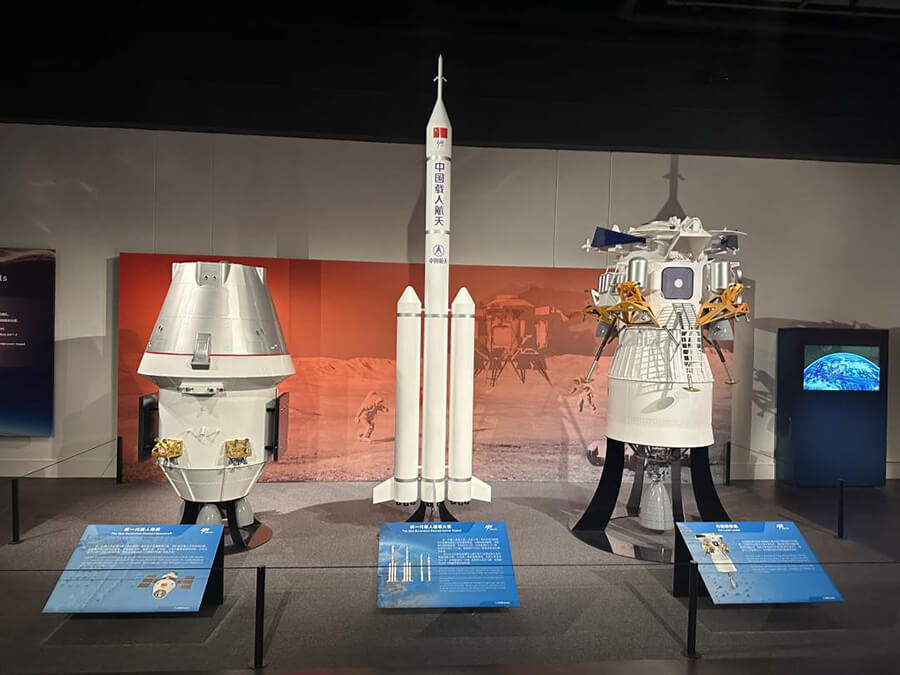
The two descending astronauts will remain on the Moon for between two and six hours to collect samples, conduct some testing and make a short walk or drive. Once they have completed their task, they will take off in the Lanyue lunar module to the Mengzhou spacecraft to join their companion waiting for them in lunar orbit. If all goes well, the three crew members will be on their way back to Earth.
Although China does not yet have the super-heavy Long March 10 launcher ready to reach Selene, NASA has already set alarm bells ringing, given the speed with which Beijing's manned lunar programme is progressing. NASA's Artemis II mission, the first manned mission of the new SLS launcher, is scheduled for after September 2025. But its five designated astronauts, including a Canadian, will not land on the Moon, but will fly past it and return to Earth.
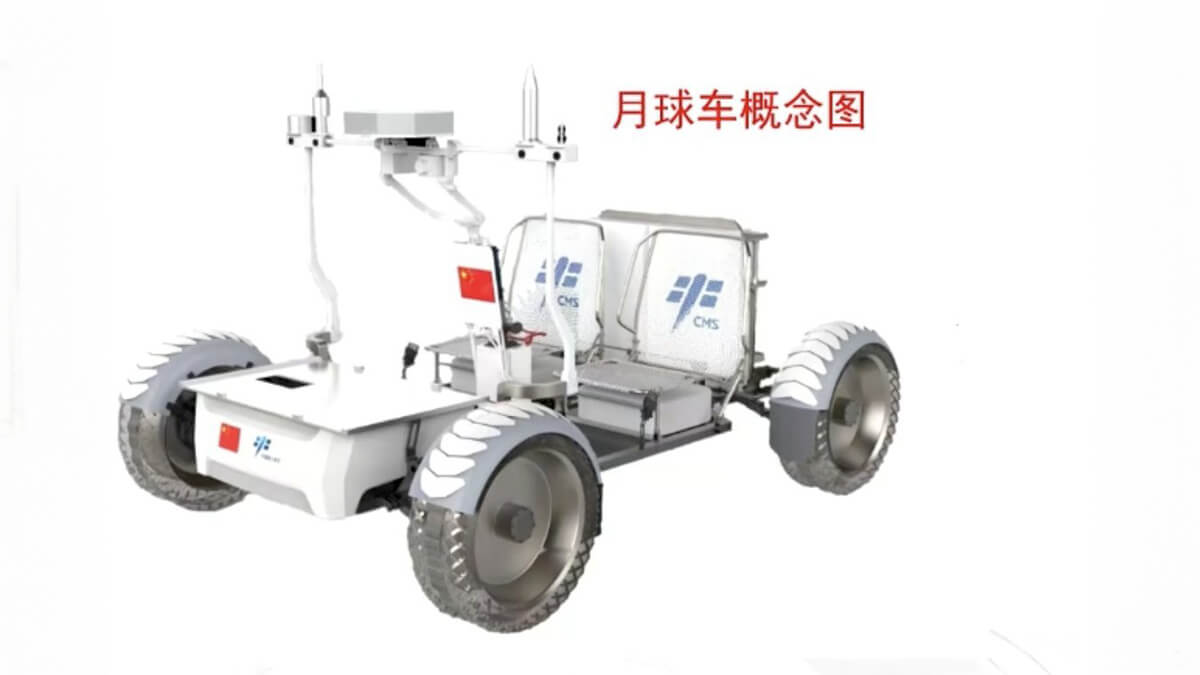
The honour goes to those aboard the as-yet-unnamed Artemis III, which, depending on what happens to the previous flight, is currently planned for September 2026, three years ahead of the Chinese. However, the complexity of Artemis II and III, the pace of the work, the data collected and the experience suggest that there is a good chance that China and the United States will be in a final race, a sprint to be the first in the 21st century to land humans on the Moon.


